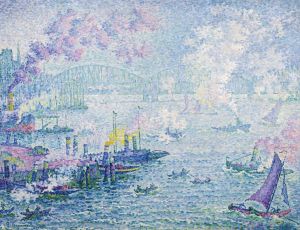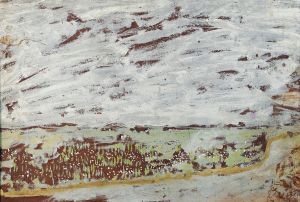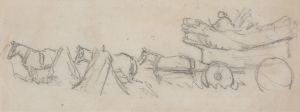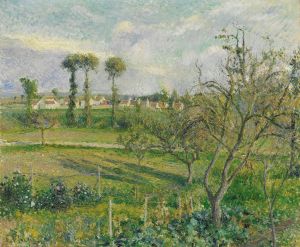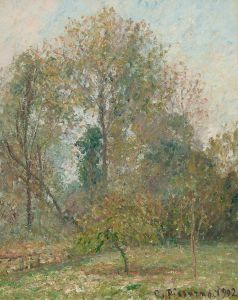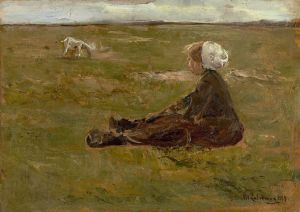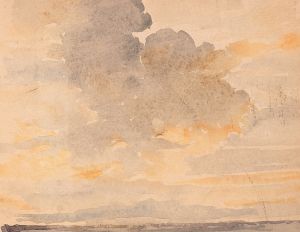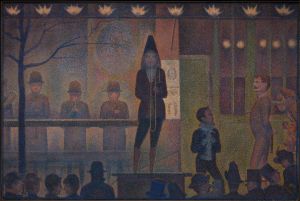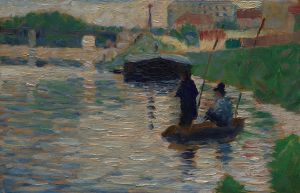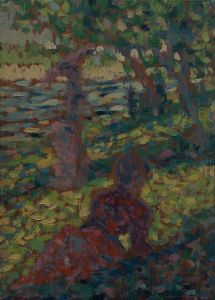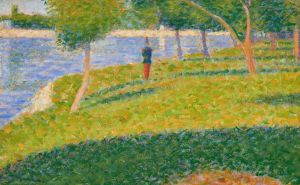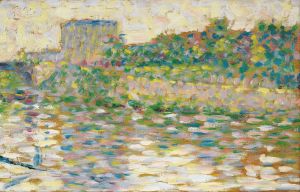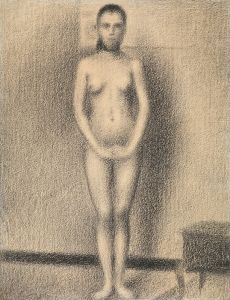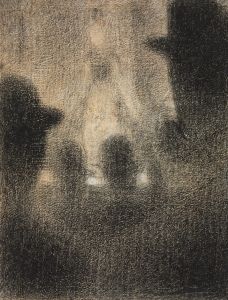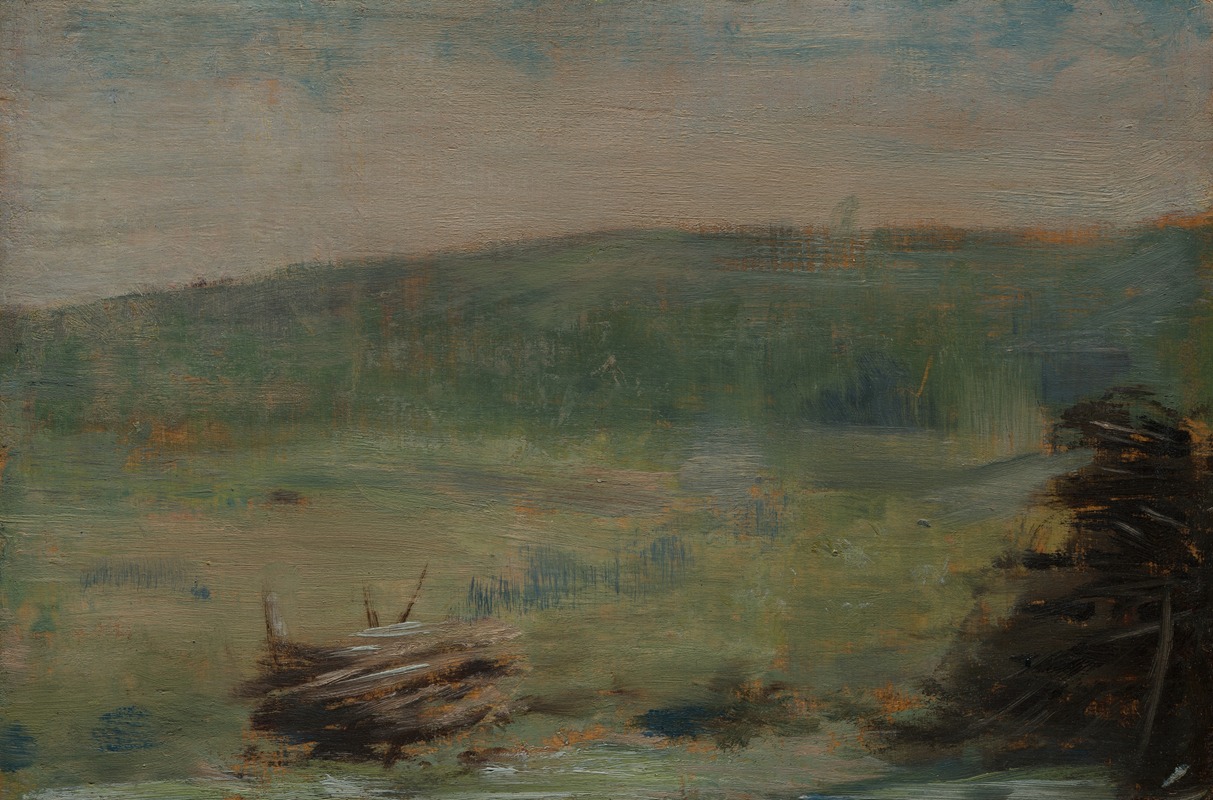
Landscape at Saint-Ouen
A hand-painted replica of Georges Seurat’s masterpiece Landscape at Saint-Ouen, meticulously crafted by professional artists to capture the true essence of the original. Each piece is created with museum-quality canvas and rare mineral pigments, carefully painted by experienced artists with delicate brushstrokes and rich, layered colors to perfectly recreate the texture of the original artwork. Unlike machine-printed reproductions, this hand-painted version brings the painting to life, infused with the artist’s emotions and skill in every stroke. Whether for personal collection or home decoration, it instantly elevates the artistic atmosphere of any space.
Georges Seurat, a pioneering French post-Impressionist artist, is renowned for his innovative use of color and technique, particularly through the development of pointillism. One of his lesser-known works, "Landscape at Saint-Ouen," exemplifies his early exploration of these techniques and his interest in capturing the effects of light and atmosphere.
"Landscape at Saint-Ouen" was painted in 1883, during a period when Seurat was deeply engaged in studying the science of color and the works of color theorists like Michel Eugène Chevreul and Ogden Rood. This painting is an example of Seurat's transition from traditional Impressionism to his own unique style, which would later culminate in his masterpiece, "A Sunday on La Grande Jatte."
The painting depicts a serene landscape scene in Saint-Ouen, a suburb of Paris. This area was a popular retreat for Parisians seeking respite from the bustling city life. Seurat's choice of location reflects his interest in capturing everyday scenes and the natural environment, a common theme among Impressionist and post-Impressionist artists.
In "Landscape at Saint-Ouen," Seurat employs a technique that hints at his later development of pointillism. While the painting does not fully utilize the dot technique that characterizes his later works, it shows his experimentation with small brushstrokes and a careful application of color to create a sense of light and depth. The composition is marked by a harmonious blend of greens, blues, and earthy tones, which together evoke a tranquil and contemplative mood.
Seurat's approach to this painting demonstrates his meticulous attention to detail and his scientific approach to art. He was interested in how different colors interacted with each other and how they could be used to create a more vibrant and dynamic image. This interest in color theory is evident in the way he juxtaposes complementary colors to enhance the vibrancy of the scene.
Although "Landscape at Saint-Ouen" is not as widely recognized as some of Seurat's other works, it is significant in understanding the development of his artistic style. It provides insight into his early experimentation with techniques that would later define his contribution to the art world. The painting is a testament to Seurat's dedication to exploring new methods of visual expression and his commitment to capturing the essence of a scene through careful observation and technique.
Today, "Landscape at Saint-Ouen" is appreciated for its historical importance in Seurat's oeuvre and its representation of a pivotal moment in his artistic journey. It serves as an example of Seurat's early attempts to break away from traditional Impressionism and move towards a more structured and scientific approach to painting. Through this work, viewers can trace the evolution of Seurat's style and his lasting impact on the art world.





